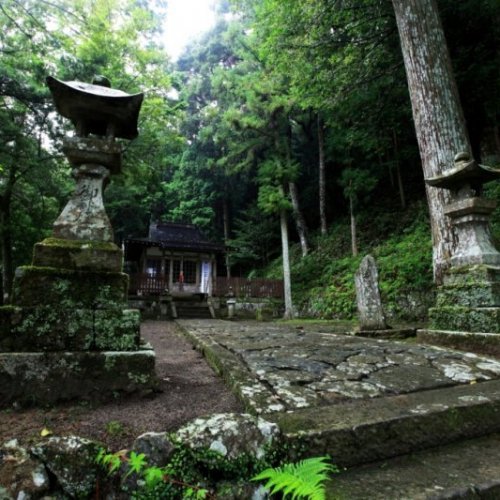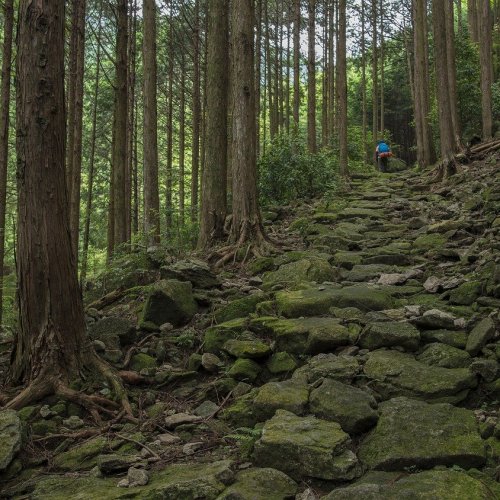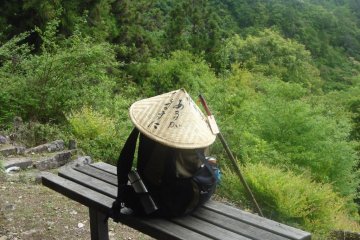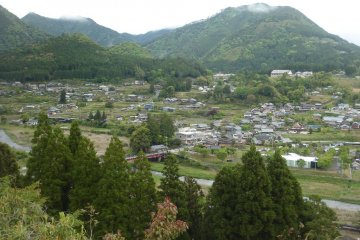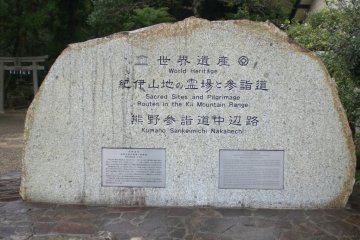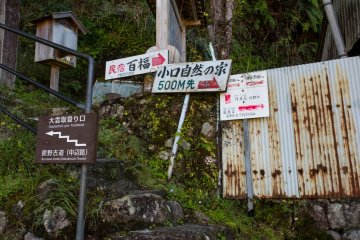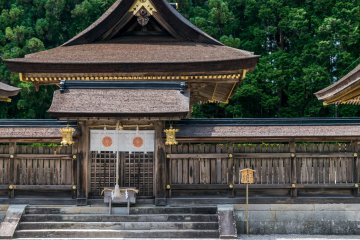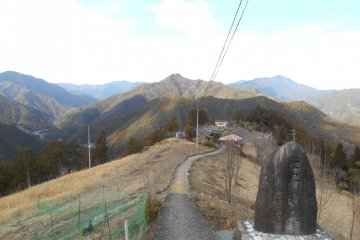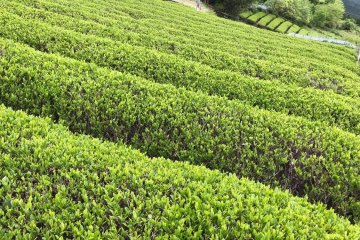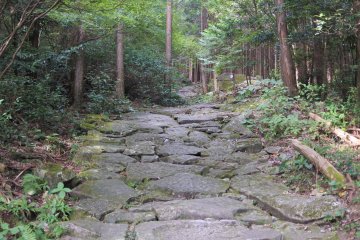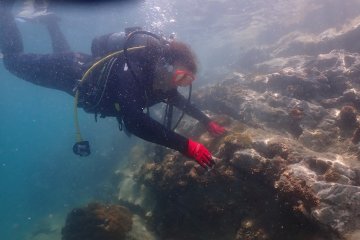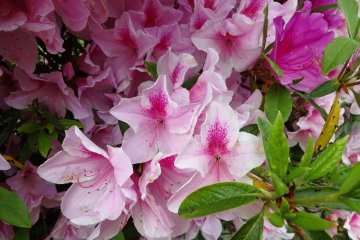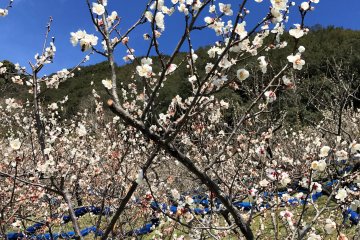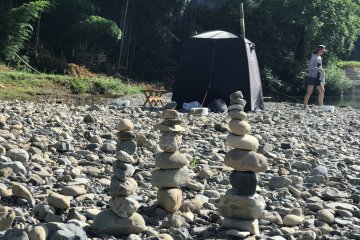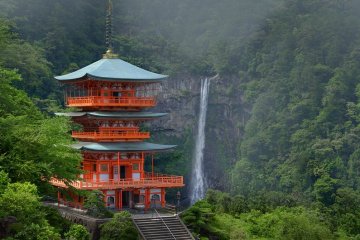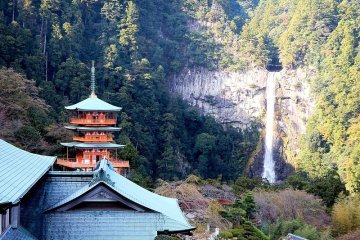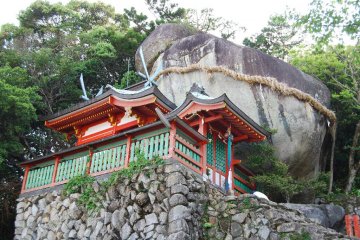Activities
Nachi Waterfall (那智滝, Nachi no Taki) in Nachikatsuura, Wakayama Prefecture, is one of the most famous waterfalls in Japan. With a drop of 133 meters, it is the highest waterfall in the country with a single, uninterrupted stream of water. The highest waterfalls with multiple waterfalls in Japan however, the Hannoki Falls with 497 meters and the Shomyo Falls with 350 meters.
If you go down the stone stairs after going under the gate of the Hiro Shrine, you can immediately see the huge waterfall falling from the cliff. Since this waterfall is considered god, touching the rippling water is a blessing. It is one of the "100 selected Japanese waterfalls" and "100 soundscapes in Japan".
At the top of the falls, there are two rocks that are the guardian gods of the falls and the Shinto shrine.
Wakayama
1.6km away







/135.9048284,33.6669674,9/397x132?access_token=pk.eyJ1IjoiamFwYW50cmF2ZWxtYXBzIiwiYSI6ImNqbXBtOXYxbDB5Z3ozbHFrazJuYWMwOGYifQ.v15fy_mcFWtgopmz8PhwqA)
